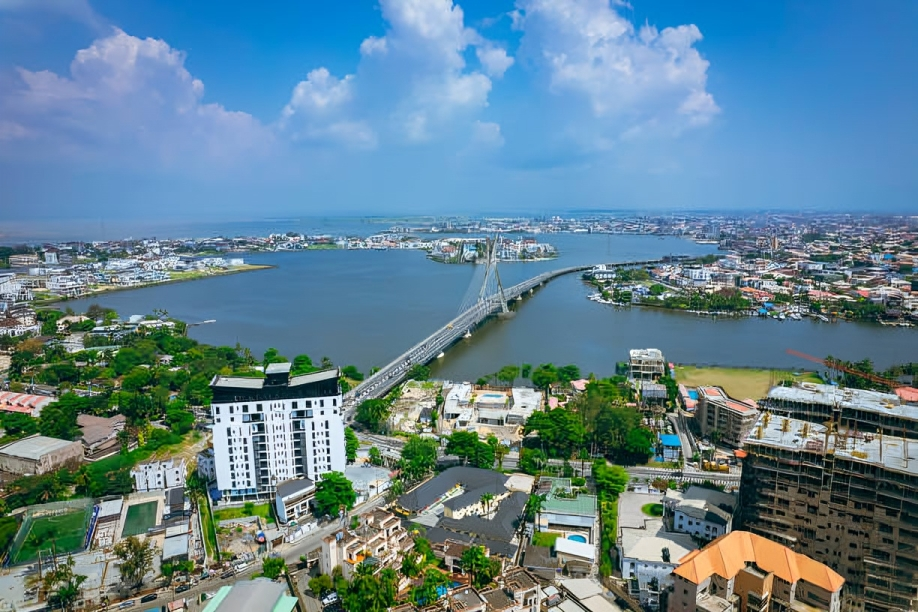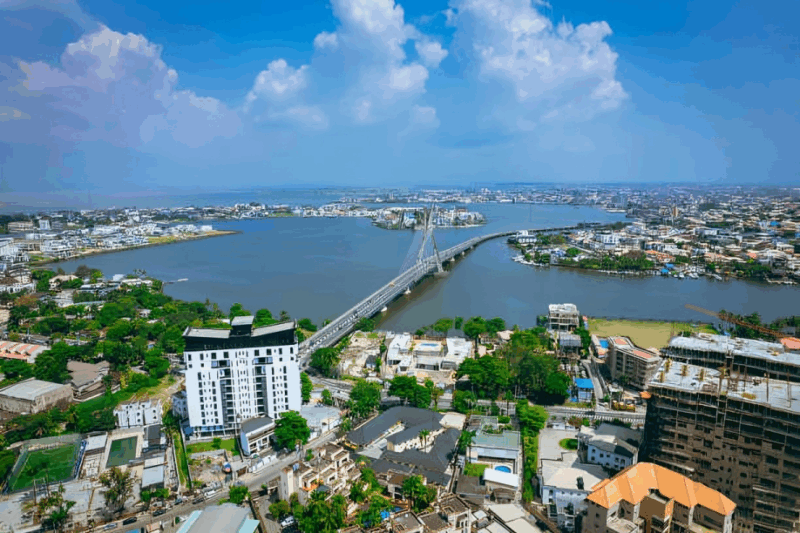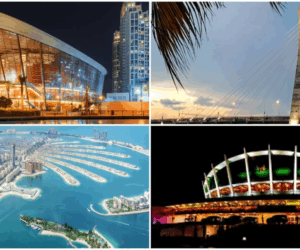
Choosing between the Island and the Mainland changes more than your commute. It reshapes your monthly budget for rent, groceries, transport, power, schooling, and social life. Island addresses often demand higher rent and pricier services, but can save time and offer more reliable infrastructure.
Mainland neighbourhoods usually offer larger homes and cheaper groceries, but can add travel time and hidden costs for power and security.
This guide breaks down the areas where your wallet will feel the difference, so you can weigh money, time, and convenience before you pick a side.
1. Housing and rent
Island rents are typically higher per square metre, which pushes many people into smaller apartments. Mainland homes often give more rooms for the same money and sometimes space to add a tenant for extra income. If you need space and lower monthly rent, the Mainland usually makes more sense.
2. Utilities and backup power
A reliable grid is more common on the Island, which reduces days spent on generators and the fuel bills that come with them. On the Mainland, households face more frequent outages, which means extra spending on petrol, electric generators, and maintenance.
That generator cost can make apparent savings on rent disappear when you add up monthly expenses.
3. Transport and commuting costs
Living on the Island often shortens trips to corporate hubs and can lower daily ride-hailing bills for some commuters. Mainland residents may pay less rent but spend more on transport time and fares if they work across the lagoon.
Traffic unpredictability and parking fees also shape the real cost of where you live.
4. Food, groceries, and everyday shopping
Island supermarkets and boutique shops charge premium prices for imported items and convenience products. Mainland markets and local traders usually offer cheaper fresh produce and staples, which reduces regular food bills.
Eating out on the Island is pricier but offers variety, while cooking at home on the Mainland often stretches a budget further.
5. Education, childcare, and family services
High-performing private schools and extracurricular centres cluster in certain Island neighbourhoods, and that raises annual education bills for families who choose them.
The Mainland has competitive schools that can cost less but may require extra travel. Childcare, domestic help, and delivery services also cost more where demand and wages are higher, which affects recurring spending.
6. Leisure, lifestyle and social life
Island social life comes with higher ticket prices for restaurants, bars, gyms, and events, which makes weekend hangouts more expensive. Mainland neighbourhoods offer lively community spots and lower-cost options that are closer to home.
If networking and visibility matter, these social expenses can be seen as investments, but they add up fast and should be part of your monthly budget.
7. Security maintenance and long-term value
Many Island estates include paid security, waste collection, and estate management fees, which increase monthly charges but offer convenience and re-sale appeal.
On the Mainland, families may spend on private guards or community watches, which is another recurring cost. Maintenance and property value differ across locations, so long-term ownership calculations should include these service payments.
Weigh the monthly figures together with what you gain in time, safety, and opportunity before you decide where to live.








